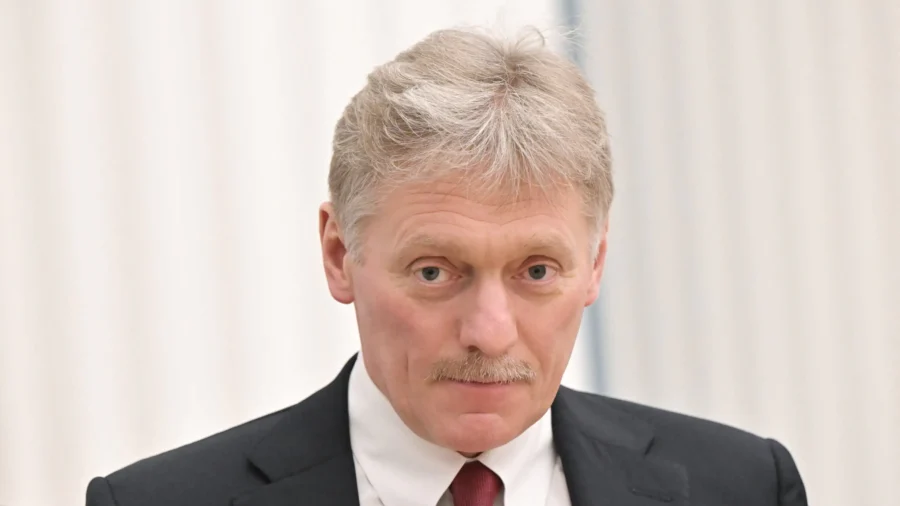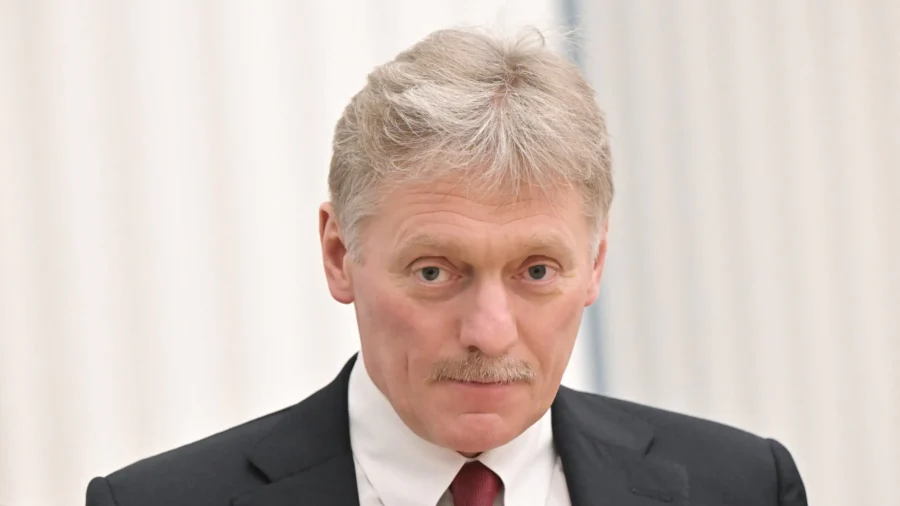
The Kremlin said on Oct. 2 that it believes the United States and NATO are already providing Ukraine with regular battlefield intelligence, responding to U.S. media reports that Washington is preparing to share more specific targeting data for strikes deep inside Russia.
“The United States of America transmits intelligence to Ukraine on a regular basis online,” Kremlin spokesman Dmitry Peskov told reporters in Moscow.
“The supply and use of the entire infrastructure of NATO and the United States to collect and transfer intelligence to Ukrainians is obvious.”
The White House did not respond to a request for comment on Peskov’s remarks and for confirmation whether the Trump administration is indeed planning to provide Ukraine with intelligence on long-range energy infrastructure targets within Russia.
Russian Missile Upgrades Outpace Defenses
Ukraine has been increasingly struggling to defend against enhanced Russian missile tactics.
Instead of flying a predictable trajectory, the missiles now maneuver sharply in the terminal phase, diving steeply or shifting course to evade U.S.-made Patriot systems. One Ukrainian official cited in the report described the developments as a “game-changer” in Russia’s favor.
The U.S. assessment also notes that Russia has refined its missile and drone tactics to combine altitude variations and encirclement approaches, in particular around Kyiv, attempting to overwhelm radar coverage from multiple directions.
Beyond missiles, Russian forces have expanded the use of fiber-optic guided drones that are resistant to jamming, and have deployed so-called “sleep and shoot” drones that lie dormant on the battlefield until detonated against Ukrainian vehicles.
These adaptations, the DIA said, reflect a continuing effort by Moscow to probe weaknesses in Ukraine’s air defenses and adapt more quickly than Kyiv, and its Western partners can adjust Patriot and other interceptor systems.
Kyiv Seeks Long-Range Strikes With US Missiles
The reports come as the United States also considers a Ukrainian request to obtain Tomahawks, which have a range of 1,550 miles—easily enough to hit Moscow and most of Western Russia if fired from Ukraine.
Ukraine has also developed its own long-range missile named the Flamingo, but quantities are unknown as the missile is in early production.
“What the president is going to do is [based on] what’s in the best interest of the United States of America.
“That’s the driving light between his foreign policy decisions, between his defense policy decisions, and that will be the same heuristic that we apply to how we answer this question about Tomahawks.”
Moscow has warned that any U.S. transfer of Tomahawks would be a “dangerous” escalation. Peskov told reporters on Oct. 2 that such a move would require a response from Russia.
“This is, of course, quite a dangerous symptom and it cannot be unnoticed by Moscow. We have noticed it. And if this happens, this will mean a new serious escalation of tension that will require an adequate response from the Russian side.”


